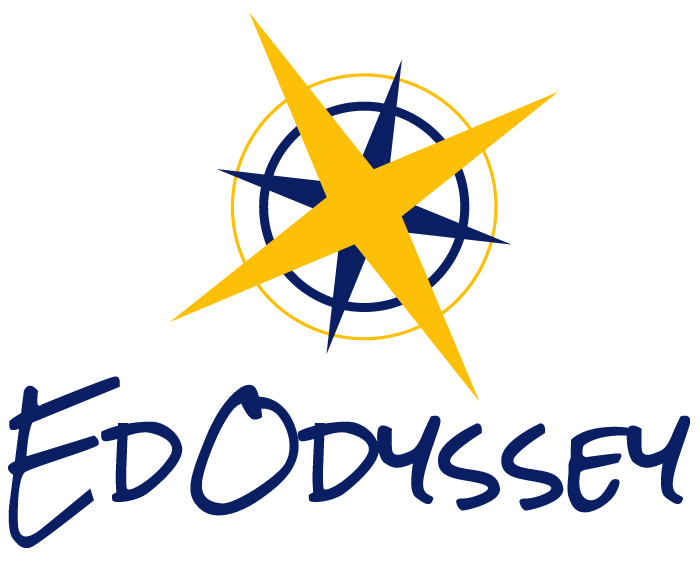Blog
Montreal's Uniqueness: A City Full of Food, Art and Accessibility
This city has its own personality that’s one-of-a-kind! Boasting with plenty of festivals, art, cuisine, and innovation, Montreal also has a sense of comradery and welcomingness! In the past, students and teachers have visited the iconic Notre-Dame Basilica and enjoyed learning how to prepare traditional Quebec cuisine with a local chef!
Five Facts About Peru That You Might Not Know
You may have heard about Machu Picchu and the Incas, or important Peruvian dishes, such as Cebiche (seafood dish) and Lomo Saltado (traditional Peruvian stir-fry), but what other elements make this fascinating country in South America so unique? In today’s blog, we will be sharing a few fun facts with you about Peru!
Cuisine and Culture: Savoring Canada's Legendary Staples
Canadian cuisine has been around for over 150 years and you’ll see how traditional dishes can vary depending on cultural influence from coast to coast! From French-Canadian influences in Quebec to more a Euro-Jewish heavy influence in Montreal, you’ll gain a sense of how culture and local staples intertwine across Canada.
How Teachers Can Bring The World Into The Classroom
Often, we hear of students studying abroad, but how might teachers and faculty go about experiencing new cultures that can add value to their classrooms back home? We spoke with Greg Semplice, an avid traveler and high school teacher, and discussed his self-led program EdOdyssey had designed for him while exploring Spain this past July.
Our Bourdain Day Tribute
As we pay tribute to the late chef, Anthony Bourdain, we are featuring quotes and excerpts from CNN’s Parts Unknown and CNN articles regarding our five locations: Peru, China, Spain, Italy and Canada.
Five Cafes in Miraflores You Must Visit
One of my favorite spots to visit, no matter where in the world, are cafes. Cafes have an authentic and local feeling to them that chain restaurants cannot offer. When visiting cafes in Lima , it is a local experience. During my time in Lima, I never visited Starbucks.
Search previous blogs here.






